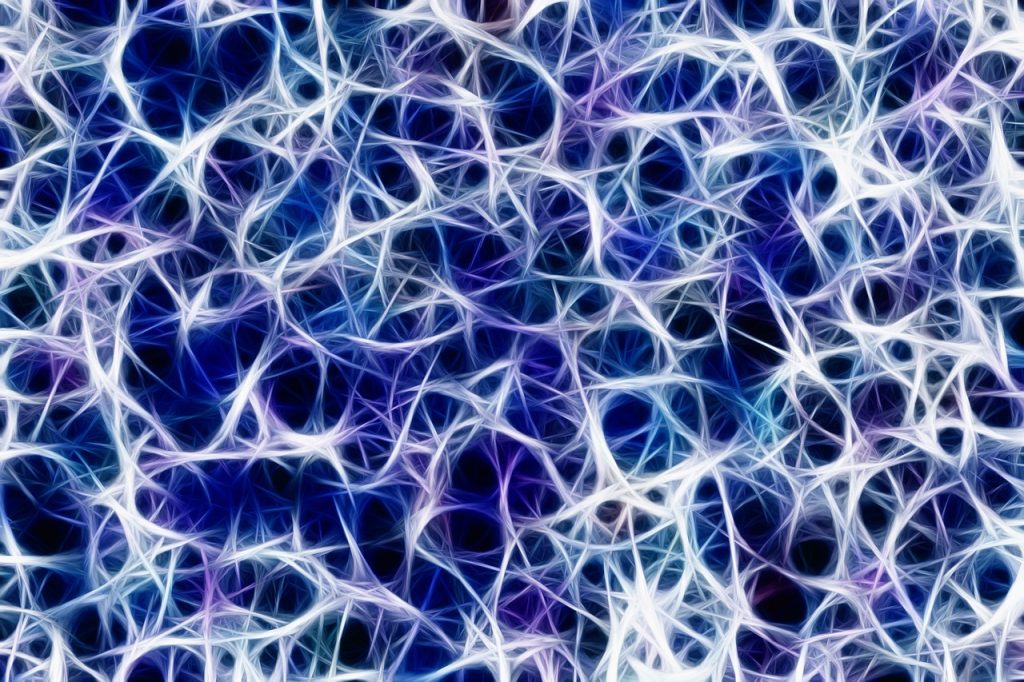The human movement system consists of the skeleton, muscular system, and nervous system. A combination of these three enables movement. Thus, all three systems are necessary and must work together to produce movement. For example, if one system functions less efficiently due to illness or injury, it will affect the movement pattern. This post examines the human central nervous system and its specific functions in activities such as fitness.
Functioning of the Central Nervous System
Throughout the day, the body receives various stimuli from the environment. You smell certain odors, feel when someone touches you, and perceive movement when you are in motion. Many of these actions, such as walking and talking, are conscious and can be controlled by you. However, many muscle movements occur without conscious thought. Fortunately, you don’t have to consciously regulate activities like your heartbeat or every breath. The nervous system captures and controls all these sensations and muscle movements.
Functions of the Nervous System
The nervous system can be divided into two structural units:
The Central Nervous System
- Brain (Cerebrum)
- Cerebellum (Cerebellum)
- Brainstem
- Spinal cord
Peripheral Nervous System
- Cranial nerves
- Spinal nerves
- Ganglia
Together, the Central and Peripheral nervous systems have three functions:
- Collecting information
- Processing and evaluating this information
- Responding to the information
Functional Divisions of the Nervous System
To add complexity, there are two functional divisions of the nervous system:
Sensory Nervous System
It captures sensory information through receptors and sends it to the Central Nervous System. The sensory nervous system includes all information captured through touch, pain, tension, vibrations, temperature, and proprioception (body positioning). This also encompasses special senses such as taste, vision, hearing, balance, and smell.
We also receive sensory information from our organs that we cannot consciously influence, such as the stretching of the stomach after a large meal, indicating fullness.
The other functional division of the nervous system is the motor nervous system.
Motor Nervous System
The Central Nervous System receives and processes sensory information and responds with a motor reaction. A motor reaction is voluntary when, for example, we move our muscles to change position. We can influence this because we can decide to move a certain body part. However, there are also muscles and glands in our body that we cannot control, such as smooth muscle tissue, cardiac muscle tissue, and glands. This is known as the autonomic nervous system.
The autonomic nervous system comprises the sympathetic nervous system (fight or flight response) and the parasympathetic nervous system (rest and digest). The sympathetic nervous system prepares us for a fight or flight response. While this response is less relevant in modern times, it helped many people survive in the past when encountering wild animals, for example. Some physiological changes during the fight or flight response include:
- Increased heart rate
- Accelerated breathing
- Slowed digestion
- Release of adrenaline and cortisol
- Muscle tension
- Increased blood flow to the arms and legs
The Central Nervous System in Fitness
A fight or flight response can also occur in scary situations or during exercise. Conversely, the opposite can happen, especially during the rest and digest phase, which is part of the parasympathetic nervous system. During this phase, the body prepares to rest and properly digest food to process the necessary nutrients.
The human nervous system is a vast and complex system. There are both functional and structural descriptions of these systems, which also overlap. The nervous system is the body’s communication system. Information is captured by receptors and sent to the central nervous system. Then, this information is processed, and action is taken, such as controlling a skeletal muscle. Processing this information occurs incredibly quickly; consider how fast you can withdraw your hand when accidentally burned.

